#lasalle the hussar general
Text
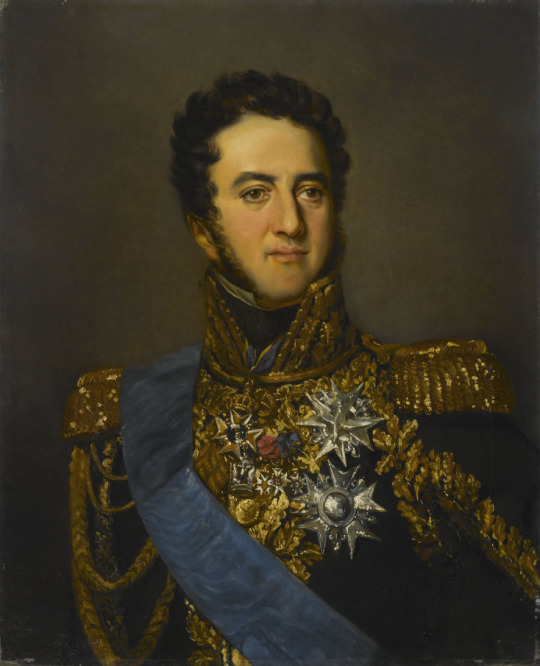

Louis-Gabriel Suchet
Propaganda:
“Young suchet is hot. 10/10 would fuck him in a heartbeat.”
Antoine Charles Louis de Lasalle
Propagadna:
a. “has no one submitted Lasalle yet????? The Hussar Devil himself, leader of the Infernal Brigade, the guy who captured a 5000 men strong fortress with just fucking 500 men in the Capitulation of Stettin, made Spain fucking tremble? Cavalrymen in general were known to b a flamboyant hard drinking womanising lot who gambled, duelled and were profligate scoundrels in general, and Lasalle was a Hussar of the Hussars, saying “Any hussar who isn't dead at the age of 30 is a blackguard.” He missed his target by 4 years, charging at the enemy in his usual leading from the front brave manner and getting shot in the head. When Napoleon gave him 200,000 francs for his wedding, Lasalle cheerfully admitted he spent half of it paying off debts and the rest gambling. Napoleon gave him another 200,000 francs, saying to a prefect asking why he wasn’t disciplined, "It only takes a stroke of a pen to create a prefect, but it takes twenty years to make a Lasalle". When Lasalle was reassigned from Spain to Germany in 1809, a friend asked him if he would travel via Paris. His response: “Yes, it's the shortest way. I shall arrive at 5am; I shall order a pair of boots; I shall make my wife pregnant, and I shall depart." He straight up Fucked a lot, look at that moustache and pipe. He also appears in Edgar Allan Poe’s torture fic The Pit And The Pendulum as the guy who saves the protagonist at the end from the over the top torture device, but baby, Lasalle was real as fuck.”
18 notes
·
View notes
Text

«Any hussar who is not dead by age thirty is a blackguard.»
~General Antoine-Charles-Louis Lasalle~
3 notes
·
View notes
Text
The Battle of Rivoli
The battle of Rivoli was regarded as one of Bonaparte’s most comprehensive early victories since, during the pursuit that followed the battle, a substantial proportion of the surviving Austrian army was captured. However, at one point the battle itself was “a near run thing” which had the potential to go badly for the French army. Bonaparte had 23000 men under his command whilst the Austrian army under Alvinczi consisted of 28000 men. The Austrians were committed to attack the French since the purpose of the engagement from their perspective was to effect the relief of the Siege of Mantua which had failed on three previous occasions.
As part of a two-pronged advance on Mantua, Alvinczi, in command of one element, advanced down the valley of the river Adige. First contact with Joubert’s small command forced the French to retreat. It was clear to Bonaparte that the main battle to decide the matter would be fought on the Rivoli plateau, the topography of which he was quite familiar. The typically complicated Austrian plan of attack consisted of six columns, which it was hoped would eventually envelop the French. On the left, one column under Vukassovich advanced down the left bank of the Adige. This column only managed to contribute some artillery fire to the battle.
Quasdavonich advanced down the Adige right bank with 9000 men consisting principally of cavalry and artillery. Three columns in the center under Libtay, Koblos and Ocksay advanced over rough mountain roads so had few artillery pieces. The right column under Lusignan was sent on an unsuccessful flanking movement intended to bring them to the French rear which failed to the extent that this force did not make a significant contribution to the battle since it did not arrive in position until the battle was effectively over.
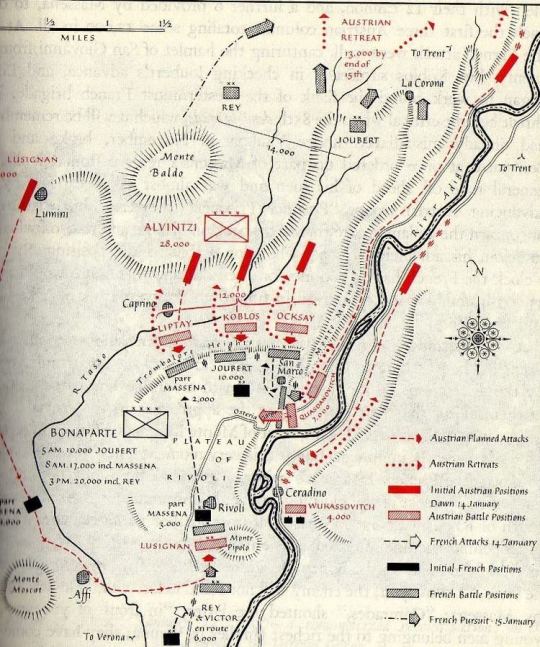
This simple description of the attack illuminates that the Austrians squandered their numerical advantage by breaking up the army into small units enabling them to be dealt with piecemeal by Bonaparte. The Austrian battle plan required each element to achieve its objective without compromise and thus work in concert with every other column effectively to achieve success. However, Bonaparte would have been in a perilous position had the battle gone against him given his retreat would have been blocked by this manoeuvre.
Whilst Austrian forces were advancing onto the plateau at the outset of the battle only Joubert’s 10000 men which were of course heavily outnumbered were in position to oppose the enemy which they did by focusing their fire on the centre columns. Other French columns were moving in towards the engagement and fortunately, Masséna’s division had by this point arrived on the field and its troops began to be incrementally filtered into the line. By 9.00 AM the Austrians had turned the French left flank, but Masséna’s arrival had managed to restore the situation.
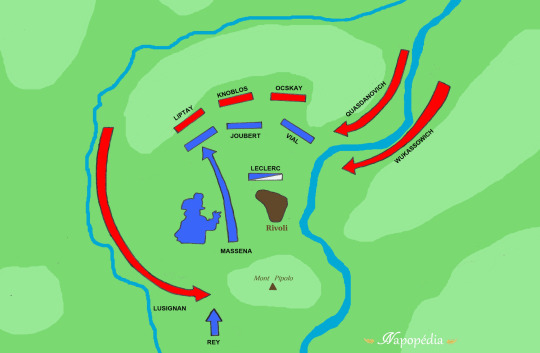
The Austrian column under General Quasdanovich, on the right flank with nine battalions of infantry and thirteen squadrons of cavalry, attempted to climb up from the valley floor of the Adige onto the plateau. This move then threatened the French right and centre so in response this column was raked with cannister from a battery of 15 cannons with devastating effect, followed briskly by an attack by Joubert’s light infantry, which concentrated on Quasdanovich’s right flank. Berthier’s cavalry then launched themselves into a highly effective counter-attack which forced the Austrians to retreat back up the Adige in chaos.
In this charge, Lasalle was first noticed (according to Thoumas whose reference was probably Thiers) for his ardour fighting beside Charles Leclerc. The impact of this charge threw the retreating Austrians into a panic as their escape route necessitated passing through the restriction of a narrow gorge. Fleeing Austrian dragoons collided with their own infantry and soon the gorge was a mass of tightly packed, completely disordered enemy troops with no thought but escape. Upon this wedge the French cavalry fell in fury. With just 26 men of the 22nd Chasseurs à Cheval Lasalle captured, it is said, an entire battalion of infantry and seized five enemy colours. Later in the day Lasalle led another charge, which added to his fame, at the head of a hundred or so hussars against the infantry of the Austrian General Ocksay upon the Trambasore Heights.
[..]
Napoleon in his Memoirs says concerning Berthier’s charge upon Quasdanovich’s column:
“The intrepidity of this charge decided upon success; the enemy was overthrown in the ravine; all that had debouched, infantry, cavalry, artillery, was taken.”
[..]
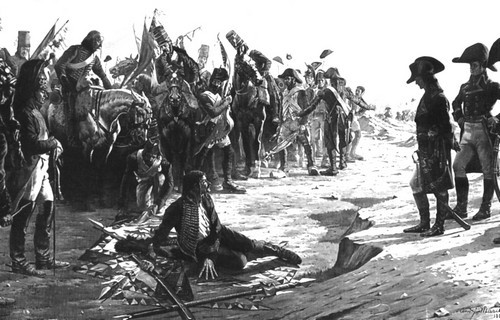
It is said that in the evening, Lasalle, pale and tired, stood before the général en chef beside the flags he had taken from the enemy. Bonaparte reportedly said to him on this occasion:
“Lie down on them, for you have well deserved it”.
Bonaparte had consistently proved his military genius since he had assumed command and by the time of the key victory of the battle of Rivoli, the Austrian army, from a strategic perspective, was all but conclusively beaten. The Austrians had been prevented from relieving the Siege of Mantua and the immediate outcome placed northern Italy in the hands of the French.
A few years afterward, in 1803, at a dinner given in Saint-Omer, the First Consul [..] said in front of all the officers of the division of Bourcier’s Dragoons:
“It is Masséna, Joubert, Lasalle, and I, who have won the battle of Rivoli.”
(General Roguet, Souvenir Militaires, tome 1).
John H. Lewis- Lasalle, the Hussar General.
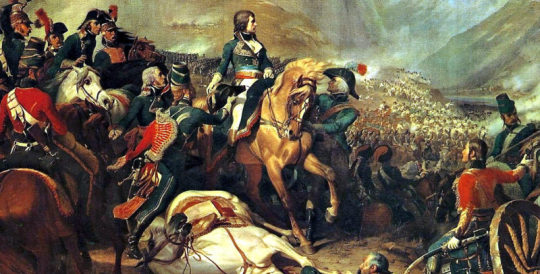
#napoleonic#john h. lewis#lasalle the hussar general#today in history#battle of rivoli#napoléon bonaparte#andré masséna#antoine de lasalle#barthélémy catherine joubert#louis alexandre berthier
22 notes
·
View notes
Photo

Statue of Lasalle and drawing of the same statue. It was on the pont de la Concorde but after Napoleon’s fall the Napoleonic statues were replaced.

8 notes
·
View notes
Note
What do you think of Antoine Lasalle the "Hussar General"? I love reading about his exploits and he seems like a real life swashbuckler. A libertine after my own heart haha.
Sadly, I haven’t really studied him. I mostly study Napoleon himself and his family. But maybe I need to look into this gentleman :)
#Antoine Lasalle#Hussar General#Napoleon Bonaparte#Napoleon question#question#Napoleon did that Tumblr#Napoleondidthat#so much to study such little time#Napoleon mail#mail#I love mail#send me mail
6 notes
·
View notes
Text
21 Works, October 5th. is Édouard Detaille's day, his story, illustrated with footnotes #217
21 Works, October 5th. is Édouard Detaille’s day, his story, illustrated with footnotes #217
Jean-Baptiste-Edouard DetailleThe last charge of General Lasalle, killed at Wagram on July 6, 1809, c. 1912Musée de l’Armée
Antoine-Charles-Louis, Comte de Lasalle (10 May 1775, Metz — 6 July 1809, Wagram) was a French cavalry general during the Revolutionary and Napoleonic Wars, often called “The Hussar General”. He first gained fame for his role in the Capitulation of Stettin. Over the course…

View On WordPress
#Art#Artists#Édouard Detaille#Biography#d&039;Hautpoul#Fine Art#fineart#footnotes#General Lasalle#History#Hussars#King Edward#Louis Lepic#Napoleon#Paintings#Zaidan
0 notes
Photo
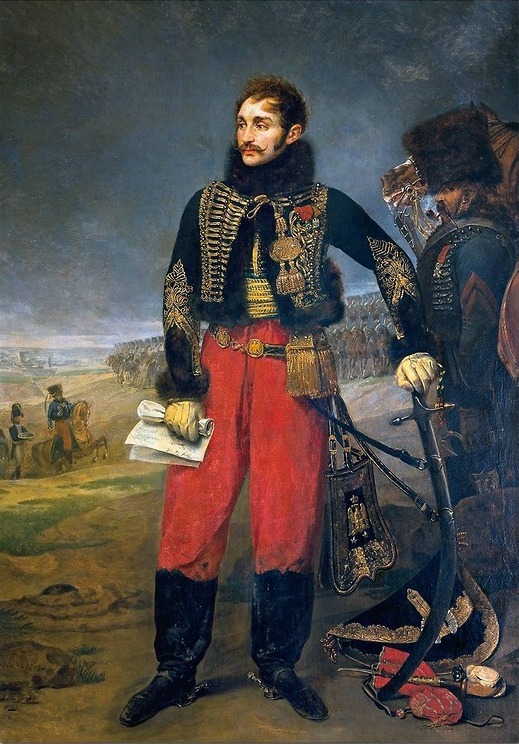
The Hussar General Antoine Charles Louis de Lasalle, Antoine-Jean Gros (1771–1835)
29 notes
·
View notes
Text
“A ball struck the prince’s horse”

[Illustration of Murat riding with one boot missing at Heilsberg, by Jacques Onfroy de Bréville.]
The following account of Murat at the battle of Heilsberg (10 June 1807) is attributed to a Brigadier General Henri (who served as aide to Murat that day), in the memoirs of Lieutenant Aubier of the 20th Chasseurs à Cheval.
***
On the murderous day of Heilsberg... I was detached from ordinance to be with Prince Murat. You know him: he is the general in chief of all our cavalry who is always dressed as a drum major and who takes the saber to the enemy like a true hussar.
Eh bien! For two hours of the day, Prince Murat was at the side of the Emperor, who was with the grenadier division, combined under the orders of General Oudinot. The Emperor and this general dismounted at a point elevated enough for His Majesty to look down on the enemy through his spyglass.
Prince Murat, arriving, dismounted, gave me his horse to hold, saluted the Emperor, took the hand of General Oudinot and began to talk with him. Suddenly a cloud of dust arose before us; the Emperor immediately directed his spyglass on this point, saying to Prince Murat:
--What is that, Monsieur?
--Nothing, Sire.
--Nothing, how is it nothing, Monsieur? Go take a closer look! And in pronouncing these words, the Emperor applied a vigorous blow of the whip to the buttocks of the horse of Prince Murat, who was already in the saddle.
(...)
The prince, his suite and I, we departed at the gallop.
--Follow me with your regiment, said the prince in passing by Colonel d'Ery, commanding the 5th Hussars, and we charged this mob.
In an instant we were engaged and were striking the first blows of the saber when a ball struck the prince's horse. I threw myself at once to the ground and, taking the bridle of the horse under my arms, aided the Prince in getting out from under his horse.
He left his left boot* there in the stirrup.
--It's nothing! It's nothing! A horse, said the prince.
I offered mine which was accepted, and the prince mounted, one foot booted and the other nude, like in the song. It was not in order to take himself out of danger that the prince had taken my horse; it was, on the contrary, to throw himself anew in the midst of the enemy, with the cries of: Forward! forward! Vive l'Empereur! and in a quarter of an hour, 3,000 to 4,000 Cossacks who had made themselves masters of the center of the plain were swept away like dust.
***
*Lieutenant Aubier goes on to describe this boot as "one of those superb boots in red morocco and all braided in gold that completed this magnificent costume 'of the drum major' of which the brigadier Henri speaks." He writes that this boot was actually rescued from being captured by the Cossacks by "a brigadier of the 8th Cuirassiers, Millot, who in effect threw himself into the midst of the Russians and, at the peril of his life, picked up and brought back this singular trophy."
Minutes after throwing himself back in the fray, Murat found himself in trouble once more:
He... was hardly in the saddle again when he was cut off and surrounded by a party of Russian dragoons. He was fighting for his life, when Lasalle in person arrived to the rescue, cutting down several of the enemy. A few minutes later, Murat saved Lasalle’s life in the mêlée. “We are quits now, my dear general,” he said, grasping his hand. It was because Murat, Prince of the Empire, Grand Duke of Berg, and Marshal of France, was thus ready to risk his life and fight like a man in the ranks, that all who followed him felt an admiring devotion for their daring leader. (Atteridge, 166-167)
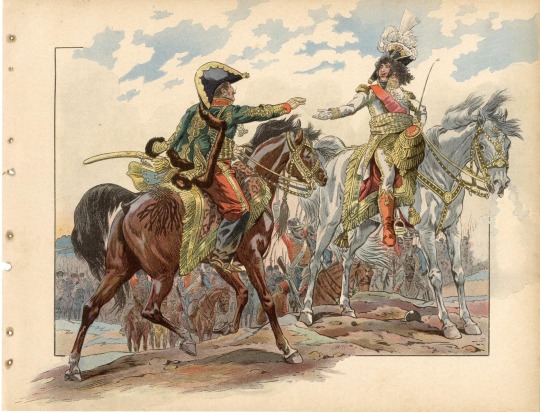
[Lasalle and Murat at Heilsberg after saving each other’s lives, by Jacques Onfroy de Bréville]
Sources:
-Lieutenant Aubier (20th Chasseurs), Un Régiment de Cavalerie Légère de 1793 à 1815, 2nd edition, 1891; pages 155-158.
-A. Hilliard Atteridge, Joachim Murat: Marshal of France and King of Naples, 1911.
(any errors in the translation of Aubier’s memoirs are my own)
37 notes
·
View notes
Photo

Second holiday sketch. Inspired by General Antoine Lasalle, Frank Zappa and Jimi Hendrix. #illustration #illustrator #pencildrawing #pencilart #sketch #sketchbook #history #france #holiday #cheval #horses #grandarmy #frankzappa #jimihendrix #gitaar #gitar #gitarist #warandpeace #cavalry #cavallo #hussars #hussar #napoleon #frencharmy #frenchstyle https://www.instagram.com/p/CRhTVWhFMof/?utm_medium=tumblr
#illustration#illustrator#pencildrawing#pencilart#sketch#sketchbook#history#france#holiday#cheval#horses#grandarmy#frankzappa#jimihendrix#gitaar#gitar#gitarist#warandpeace#cavalry#cavallo#hussars#hussar#napoleon#frencharmy#frenchstyle
1 note
·
View note
Photo

Oscar GonzalezPROPIETARIO publico: Hendrix compró la chaqueta en esta tienda de segunda mano llamado "I Was Lord Kitchener's Valet" que se encuentra a 293 Portobello Road, Notting Hill, Londres. Otras estrellas del rock de los 60 compraban aquí, incluyendo a Mick Jagger, John Lennon, Pete Townshend y Eric Clapton entre otros. Sus orígenes se remontan al siglo XVIII cuando el general Lasalle también conocido como "El General Hussar" llevar este tipo de túnica como se muestra en el cuadro a continuación. Inspirado en la moda de Hungría, está adornado con grandes borlas de oro, cuerdas horizontales a través del pecho y los nudos austriaco en las mangas para mostrar su rango. (en Tlaquepaque, Guadalajara) https://www.instagram.com/p/CMXMbLIDibj/?igshid=2bdp8739maza
0 notes
Photo
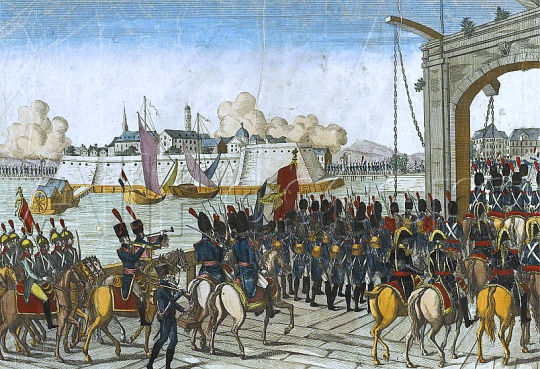
In the Capitulation of Stettin on 29–30 October 1806, Lieutenant General Friedrich Gisbert Wilhelm von Romberg surrendered the garrison and fortress to a much smaller French light cavalry brigade led by General of Brigade Antoine Lasalle. This event was one of a number of surrenders by demoralized Prussian soldiers to equal or inferior French forces after their disastrous defeat at the Battle of Jena-Auerstedt on 14 October. Stettin, now Szczecin, Poland, is a port city on the Oder River near the Baltic Sea, about 120 kilometres (75 mi) northeast of Berlin.
After Jena-Auerstedt, the broken Prussian armies crossed the Elbe River and fled to the northeast in an attempt to reach the east bank of the Oder. Following a two-week chase, Marshal Joachim Murat intercepted over 10,000 Prussians at the Battle of Prenzlau and bluffed them into surrendering on 28 October. The following day, Lasalle's and another French light cavalry brigade induced 4,200 more Prussians to lay down their weapons in the Capitulation of Pasewalk. On the afternoon of the 29th, Lasalle appeared before the fortress of Stettin and demanded its surrender. A completely unnerved Romberg, believing he was confronted by 30,000 Frenchmen, entered into negotiations with Lasalle and surrendered Stettin that night. Estimates of the numbers vary between 500 French hussars of the 5th and 7th French Hussars and 5,000 to 6,000 Prussians within the garrison.[1]
Within a week, the fortress of Küstrin capitulated and three isolated Prussian columns were hunted down and captured at Boldekow, Anklam, and Wolgast. This left only one Prussian corps at large between the Elbe and Oder, plus garrisons at Magdeburg and in the former Electorate of Hanover.
https://en.wikipedia.org/wiki/Capitulation_of_Stettin
0 notes
Text

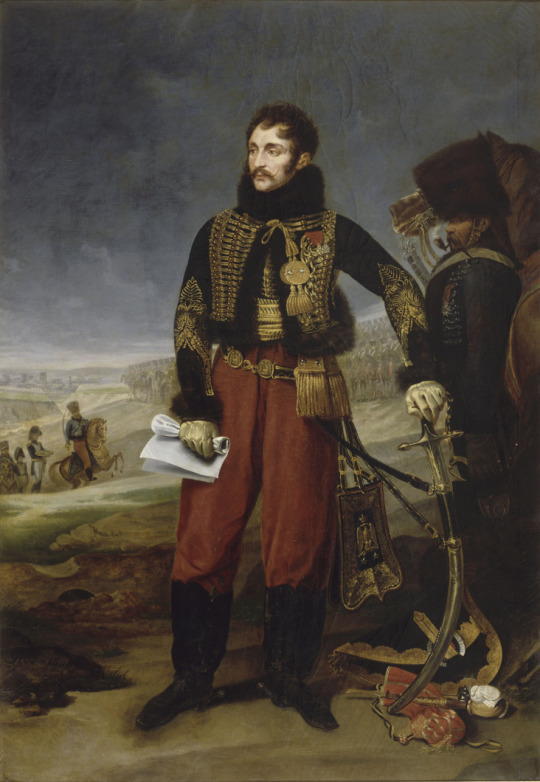
Friedrich Bianchi
"Hnng…pretty”
Antoine Charles Louis de Lasalle
a. “has no one submitted Lasalle yet????? The Hussar Devil himself, leader of the Infernal Brigade, the guy who captured a 5000 men strong fortress with just fucking 500 men in the Capitulation of Stettin, made Spain fucking tremble? Cavalrymen in general were known to b a flamboyant hard drinking womanising lot who gambled, duelled and were profligate scoundrels in general, and Lasalle was a Hussar of the Hussars, saying “Any hussar who isn't dead at the age of 30 is a blackguard.” He missed his target by 4 years, charging at the enemy in his usual leading from the front brave manner and getting shot in the head. When Napoleon gave him 200,000 francs for his wedding, Lasalle cheerfully admitted he spent half of it paying off debts and the rest gambling. Napoleon gave him another 200,000 francs, saying to a prefect asking why he wasn’t disciplined, "It only takes a stroke of a pen to create a prefect, but it takes twenty years to make a Lasalle". When Lasalle was reassigned from Spain to Germany in 1809, a friend asked him if he would travel via Paris. His response: “Yes, it's the shortest way. I shall arrive at 5am; I shall order a pair of boots; I shall make my wife pregnant, and I shall depart." He straight up Fucked a lot, look at that moustache and pipe. He also appears in Edgar Allan Poe’s torture fic The Pit And The Pendulum as the guy who saves the protagonist at the end from the over the top torture device, but baby, Lasalle was real as fuck.”
13 notes
·
View notes
Photo
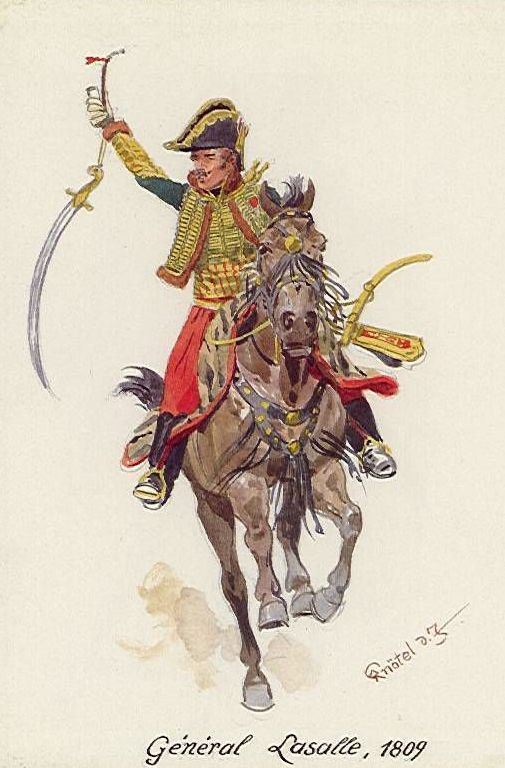
General of Division Lasalle, 1809, R. Knotel
High-hearted, openhanded Genral Antoine Lasalle rode proud and recklesslyin this glittering and self-designed uniform, often charging pipe in hand.
Considering the common pantalon a cheval too much of a nuisance with it’s multitude of buttons, Lasalle invented, or a tleast popularized the pantalon a Lasalle shown here - roomy trousers with ample pockets, their legs ending in high leather cuffs, with instep straps to keep them from riding up ( As shown here, the top of the cuffs were commonly cut like that of a hussar’s boot)
51 notes
·
View notes
Text
Lasalle and Kellermann
Lasalle had [..] reconnected with General François Christophe Kellermann, who was reknowned as the victor of the Battle of Valmy in 1791, where he had been instrumental in decisively defeating the Prussian Army under Brunswick. Kellermann, who had been for a long time in garrison at Metz in the Legion of Conflans, was naturally well acquainted and on friendly terms with Lasalle’s family. He consequently summoned the young cavalry officer to the Army of Italy whose command had just been placed under his authority, and by a decree of May 6, 1795, Lieutenant Lasalle was appointed aide-de-camp to the commanding general.
If Lasalle had really been the pupil of this general, it might be said that the pupil never resembled his master less, notwithstanding the fact that Kellermann had delivered the revolution its first notable military battle honour. Kellermann may have been an outstanding soldier, but he was cold, methodical, economical almost to the point of parsimony, though on the positive side undoubtedly excellent in the training of troops , a master in the establishment and maintenance of discipline and demonstrably inspirational to the men under his command.
Kellermann, although formerly a major of hussars in the Legion of Conflans, had, according to Thoumas, little the gaiety and spontaneity of a brilliant officer of light cavalry about him. [..]
Lasalle, however, was pleased to recount later in life that he owed what he had become to the old marshal. “He gave me the first acquaintances of my profession; he taught me economics,” declared Lasalle on one occasion at the dinner table. Upon the recounting of this ostensibly unlikely claim, everybody present expressed their astonishment because they all knew, of course, Lasalle was such a lavish character in all of his habits, but he added insistently - though no doubt mischievously:
“Yes! Economy! He always maintained you should not eat more than one chop for lunch. He would have beaten me with sticks had I eaten more, the good marshal! He had wished to make me a writer, and once he made me write sixty letters in one morning; I would not have succeeded in this profession without him.” *
John H. Lewis - Lasalle, The Hussar General.
* Souvenirs of Roederer quoted by Sainte-Beuve in les Causeries du Lundi, tome VIII.
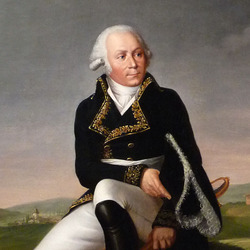
#wars of the revolution#antoine de lasalle#françois christophe kellermann#john h. lewis#lasalle the hussar general
10 notes
·
View notes
Photo

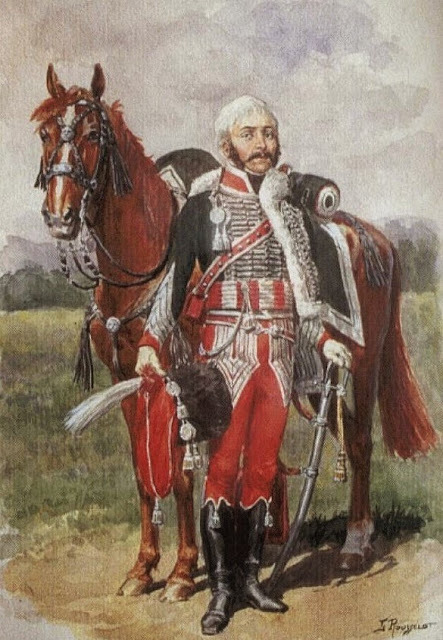
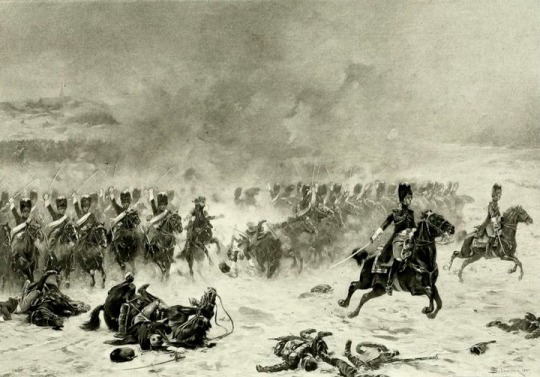
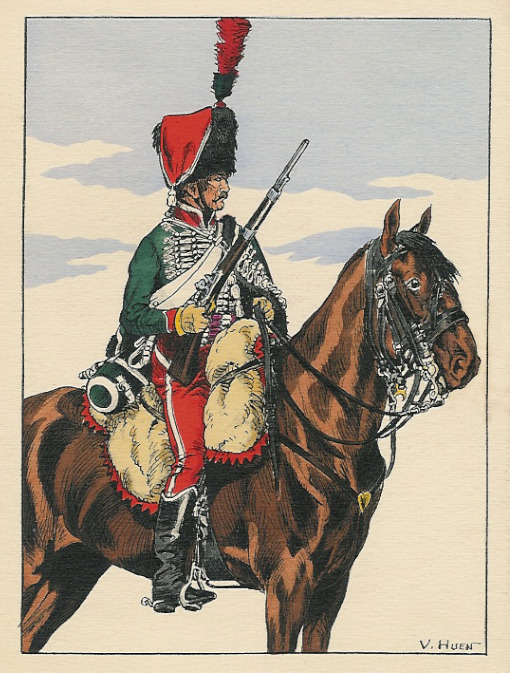
Jacob-Francois Marulaz (or Marola), 1769-1842
"In the plain of Essling, the squadrons of Lasalle and Marulaz charged the Austrian squares. General Lasalle and Colonel de Laborde at the head of the 8th hussars were killed. Marulaz continued the charges, and finding himself near the 8th hussars whose colonel has just been killed, he decided to prevent the enemy charge. Facing the regiment, he exclaimed: 'Hussars of the 8th, I commanded you for thirteen years. My name is known to you. Here is the enemy, I hope that you will not belie your former valour.’ The regiment, proud to be under his command and wanting to show that it was still the same, rushed furiously to cries of ‘Vive l'Empereur! Vive Marulaz!’ followed by the other regiments. The surprised uhlans were cut to pieces. The 8th removed an enemy flag. Marulaz was on the ground, his twenty-sixth horse killed, his leg broken by a bullet, unable to get back in the saddle. On July 12, 1809 he was promoted to major general.”
From a French website.
link
#people inscribed on the Arc de Triomphe#Napoleon's generals#hussars#hoop earrings on soldiers#Nansouty hairstyles
15 notes
·
View notes
Text
The Surrender of Stettin - Romberg’s pipe.
The day after Prenzlow’s surrender, the Emperor wrote to Prince Murat:
Show my satisfaction to the dragoons and light cavalry of Milhaud and Lasalle.
But Napoleon was soon to learn of a more extraordinary feat of arms for which Lasalle was responsible. On the very day when he congratulated the light cavalry for extremes of valour, Lasalle presented himself with his brigade before the fortress of Stettin. The cannon of the place having shot some hopeful balls in his direction, he ordered his regiments to be concentrated in a sheltered position. He ordered his men to build and ignite more campfires than were required to give the impression that his force was considerably larger than was actually the case. Meanwhile two officers went on his behalf to summon the governor of Stettin to surrender.
At two o’clock in the morning, these two officers returned with the capitulation document signed. The garrison was to march out at eight o’clock on to the glacis and be made prisoners of war. Lasalle immediately informed Murat and asked him for infantry to provide the necessary support for the operation, but at the appointed hour none of the expected troops had yet arrived, with the exception of a single regiment supported by two cannons.
Seeing at once that they were dealing with so few people to ensure their cooperation, the Prussian troops pretended to revolt as a pretext to effect an escape. Without losing a moment Lasalle had them charged by his hussars and scattered them across the plain. The arrival of Victor returning with the infantry of Marshal Lannes put an end to the business, and “rid of this chore,” said Lasalle, “I was able to continue my journey”.
It was on this occasion that Napoleon memorably wrote to Murat:
If your hussars are able to take strongholds, I have only to dissolve my great artillery, and to dismiss my engineers.
The old General Friedrich von Romberg, who commanded at the fortress of Stettin and who was thus comprehensively tricked out of defensive works and who put his name to the capitulation, “gave as a gift” to Lasalle, as a token of his “esteem”, according to Thoumas, a superb Turkish pipe enriched with gem stones. It is this pipe that Lasalle has at his feet in the beautiful portrait of him painted by the artist Antoine-Jean Gros, a pupil of David, who was responsible for several of the famous paintings of the revolution, consulate and empire periods including the magnificent portrait of Napoleon Bonaparte mounted upon a rearing white charger at the crossing of the Alps. Romberg predictably paid dearly for his error and his “esteem” for Lasalle, because he was tried by a Prussian military tribunal for surrendering Stettin without resistance, found guilty and sentenced to life in imprisonment. Elderly, frail and disgraced he died in Berlin before he was able to take up his sentence, aged 80 years. However, it was acquired, Romberg’s pipe became emblematic of General Lasalle’s appearance for the remainder of his life and indeed for posterity.
John H. Lewis - Lasalle, the Hussar General.
#napoleonic#today in history#surrender of stettin#antoine de lasalle#john h. lewis#lasalle the hussar general#friedrich von romberg#the pipe
10 notes
·
View notes